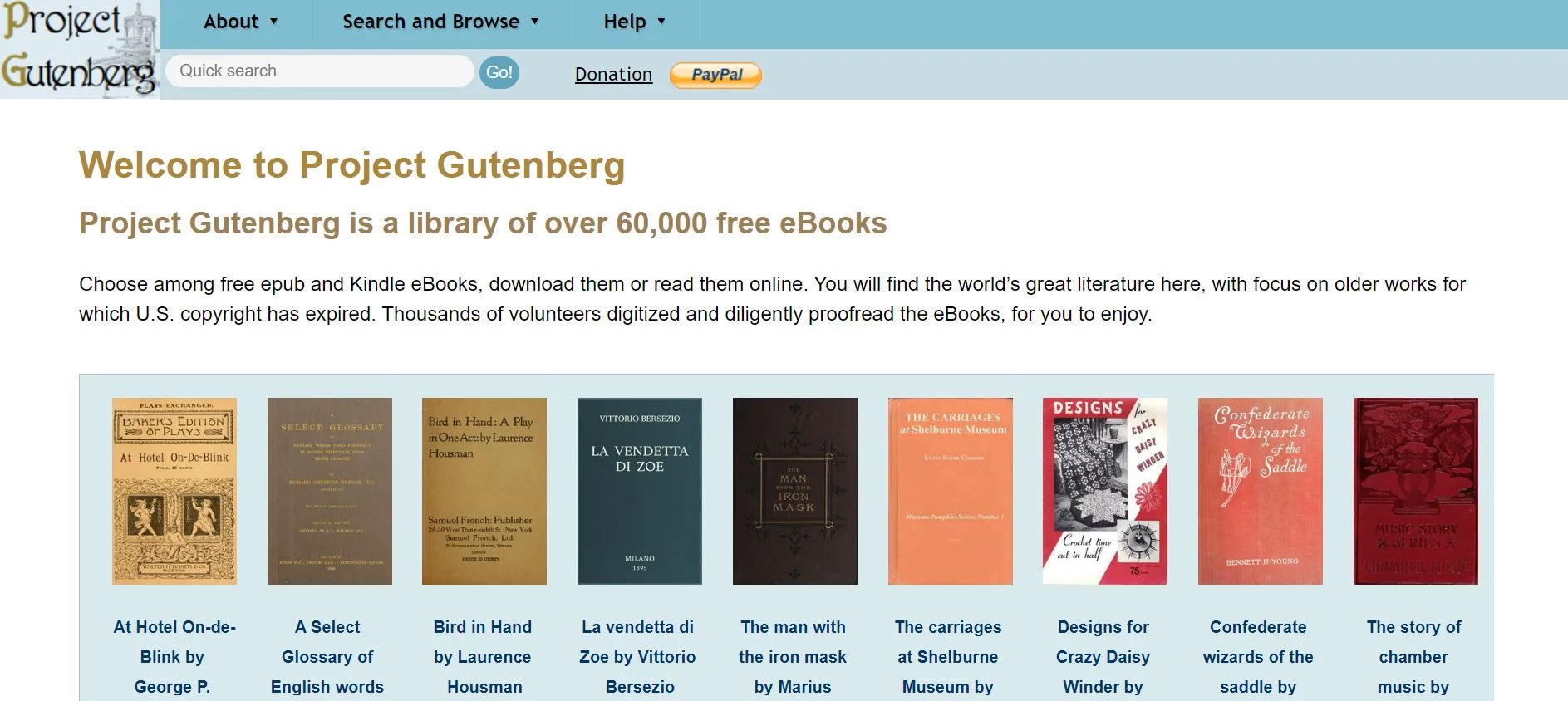Researchers often spend hours searching for information and conducting literature reviews, which can be a tedious and time-consuming process. To address this issue, Elicit, an AI startup, is developing an AI-powered tool that automates scientific literature review. This tool aims to abstract away the more laborious aspects of literature review, making the process more efficient and time-saving for researchers and R&D labs.
Key Takeaway
Elicit, an AI startup, is developing an AI-powered tool that automates scientific literature review. This tool aims to save researchers time by abstracting away laborious aspects of literature review. Elicit has gained traction in the research community, with over 200,000 users, and secured $9 million in funding. The company plans to expand its product and monetize through a paid tier. While facing competition from open source initiatives, Elicit considers human labor as its primary competition and aims to revolutionize research workflows with AI.
How does Elicit work?
Elicit is a research assistant that leverages language models to automate scientific research. It utilizes a variety of first- and third-party models to search for relevant papers, extract key information, and organize the information into concepts. Users can ask questions such as “What are all of the effects of creatine?” or “What are all of the datasets used for studying logical reasoning?” and receive a list of answers sourced from academic literature.
Elicit breaks down complex tasks into understandable components, providing transparency in the models’ performance. By doing so, Elicit can identify instances where the models may generate inaccurate information, allowing users to verify the answers easily. The tool also evaluates the overall trustworthiness of scientific papers by considering factors such as the study’s control and randomization, funding sources, conflicts of interest, and trial size.
Building trust and expanding user base
To ensure reliability, Elicit links generated answers back to the scientific literature, reducing any potential misinformation. Although concerns about language models’ accuracy persist, Elicit claims to have implemented safeguards to offer more reliable results than other similar platforms in the market.
Elicit’s efforts have gained traction in the research community, with over 200,000 users, including prominent organizations like The World Bank, Genentech, and Stanford. The company has seen a 3x year-over-year growth and has generated interest from users who are willing to pay for more extensive features and larger-scale usage.
Elicit’s funding and monetization strategy
Recently, Elicit secured $9 million in funding in its first funding round, led by Fifty Years. The company plans to allocate the funds to further develop its product and expand its team of product managers and software engineers. Elicit has also introduced a paid tier that allows users to search papers, extract data, and summarize concepts at larger scales compared to the free tier. In the long term, the company aims to position itself as a comprehensive tool for research and reasoning, catering to enterprise-level clients.
Competition and future prospects
Elicit faces competition from open-source initiatives like the Allen Institute for AI’s Open Language Model. However, Elicit sees open source efforts more as complementary than threatening. The primary competition for Elicit lies in traditional human labor, such as research assistants who manually extract data from papers. Considering the vast market for scientific research and the absence of major incumbents in research workflow tooling, Elicit believes that AI-first workflows will revolutionize the research landscape.

























